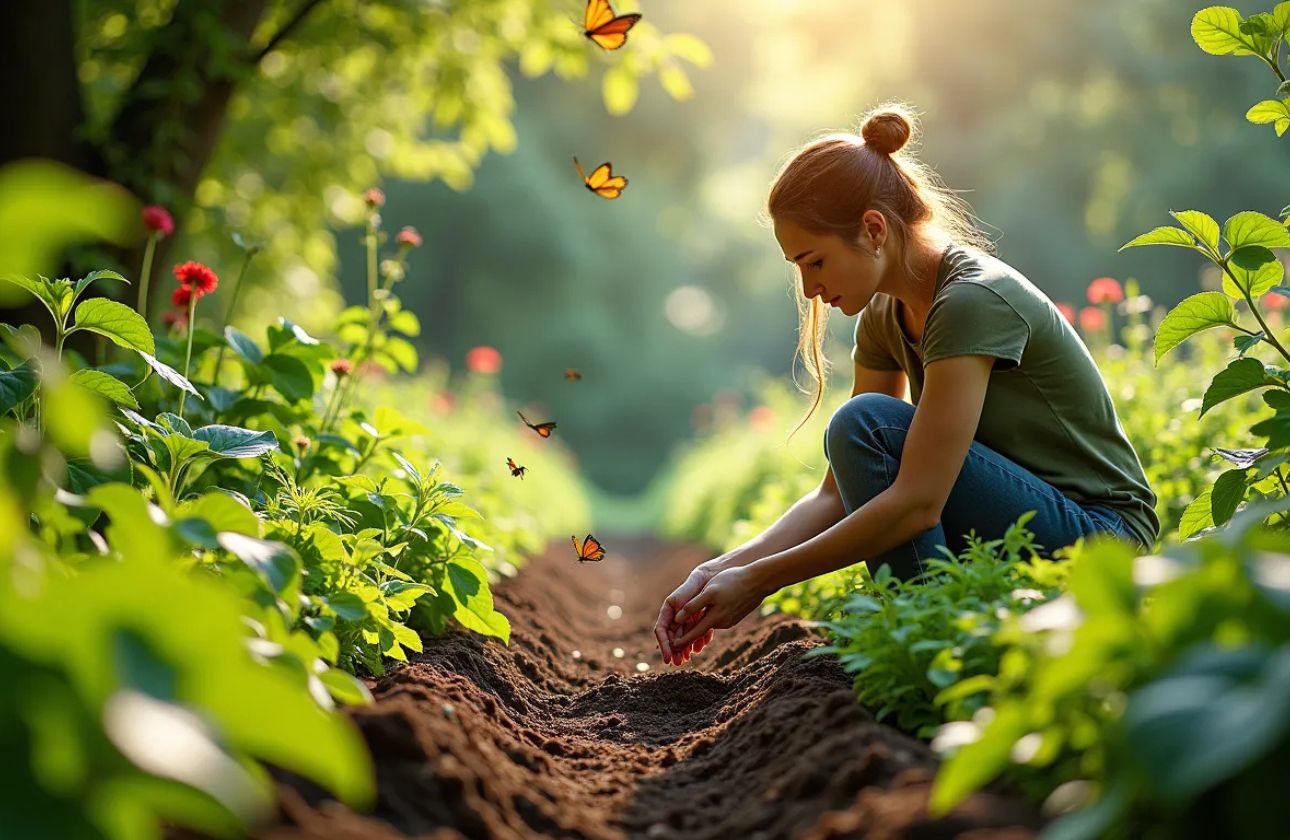Introduction
Growing your own garden can be a rewarding and fulfilling experience. It not only enhances the beauty of your outdoor space but also offers fresh produce and a wonderful way to connect with nature.
Choosing the Right Plants
Start by selecting plants appropriate for your local climate. Research annuals and perennials that thrive in your area, focusing on their growth patterns and sunlight requirements. This ensures that your garden will not only be beautiful but also easy to maintain.
Test Your Soil
Preparing the soil is fundamental for successful gardening. Test the soil’s pH and nutrient levels, and amend it based on the needs of your chosen plants. Healthy soil leads to thriving plants.
Watering Strategies
Watering is crucial for plant health. Regularly check moisture levels and aim to water early in the morning. This timing reduces evaporation losses, ensuring plants receive adequate hydration. Adding mulch around your plants helps retain moisture and suppress weeds.
Pest and Disease Management
Monitoring your garden for pests and diseases is essential. Early detection allows for prompt action, which is key to maintaining a healthy garden. Consider natural remedies and organic pesticides to keep your plants safe.
Companion Planting
Implementing companion planting techniques can enhance your garden’s health. For example, marigolds repel certain pests and can be planted near vegetables to protect them.
Spacing and Air Circulation
Ensure proper spacing between plants to promote air circulation. This practice minimizes the risk of mold and other fungal diseases, allowing your plants to grow strong and healthy.
Maintain a Gardening Journal
Keeping a gardening journal to document your garden’s progress is beneficial. Note down what strategies work and what doesn’t, helping you refine your approach for future growing seasons. A thriving garden is achievable with the right tips and dedication.




Comments (0)